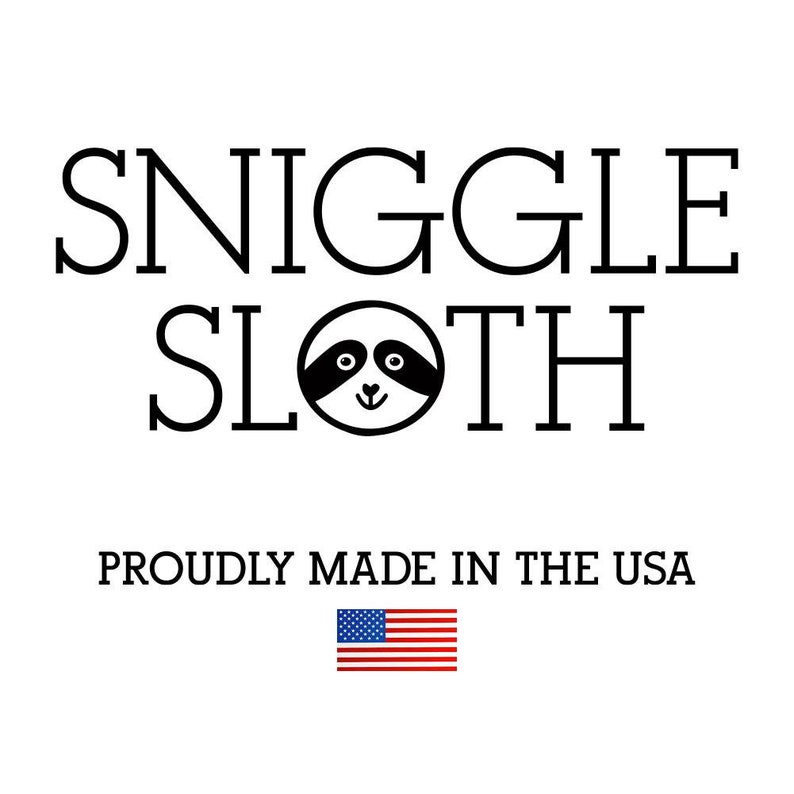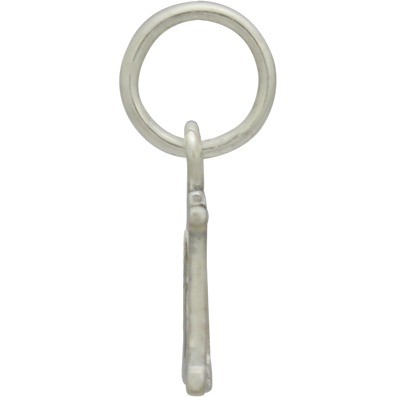

The result is a soft, friendly design that invites readers into pages at display sizes while doing yeoman service as a text face in both hard copy and interactive environments. The design brief to Kaden and Stan was to create a typeface with the distinctive look of a typewriter font-but with none of its flaws. The International Typeface Corporation (ITC), however, wanted to up the ante. Drawn by Joel Kaden and Tony Stan, it was released in 1974, the 100th anniversary of the invention of the typewriter-when the machines were still widely used in homes and offices.Īt the time, metal and phototype fonts of typewriter typefaces were being put to use in advertising design for the same reason that advertisers had favored typewriter faces in the early 20th century. ITC American Typewriter is another proportionally spaced typeface disguised as a monospaced design. The monospacing and minimalism of Viktor Nübel’s FF Attribute (right) lends it a techy feel. Dave Farey’s seemingly monospaced typeface Cachet (left) boasts subtle details, like soft terminals. These subtleties give Cachet an understated organic mien.

According to designer Dave Farey, “Cachet is a monospaced, monostroke typeface-that isn’t.” Farey’s goal was to create a typeface that appears to be monospaced and constructed with geometrically precise character strokes, but is more legible and friendlier than typefaces that are limited to a single character width.įarey met his goal by flaring stroke terminals slightly, making curves almost elliptical, and drawing the shoulders of characters like the m and p with a calligraphic flick. There are also proportionally spaced typefaces that take on the demeanor of monospaced designs.Ĭachet, released in 1997, is one of the latter. Monospaced fonts come in two flavors: the typewriter-like designs that invite readers into copy with a retro friendliness, and designs with the hard-edged personality of a drill sergeant. While it’s not difficult for readers to decipher the letters, the uneven spaces between them profoundly impair the reading process. The obvious problems with monospaced fonts are the lack of proportional spacing and the resulting misshapen characters that try to fill-or fit into-the fixed spaces. A good monospaced typeface is not an easy thing to draw. While Courier does a pretty good job of melding character shapes and fixed-width spacing-as does Century Schoolbook Monospaced and Monaco-other monospaced designs look like they were drawn with crayons and a ruler. It and scores of other typewriter fonts easily migrated to phototypesetting technology in the 1970s, and in the 1980s, Courier was one of the handful of fonts available on personal computers.

To label the typeface as ubiquitous would be an understatement. The story goes that the typeface was nearly released with the name Messenger but after further thought, it was decided that “a letter can be just an ordinary messenger, or it can be the courier, which radiates dignity, prestige and stability.” Courier was then adapted for the company’s Selectric line of electric typewriters, which used an interchangeable spherical typing element-informally called a “golf ball”-that opened up many more font options to typists.īy the 1960s, Courier had become the go-to design for everything from screenplays to government documents. The early 1950s saw the release of the classic typewriter face Courier, drawn by Howard “Bud” Kettler for use in IBM’s typewriters. ” Howard “Bud” Kettler’s Courier, a monospaced slab serif typeface originally drawn for use in IBM’s typewriters, evokes nostalgia. According to an American Type Founders advertisement, “Many buyers of printing believe that for certain kinds of advertising, nothing can be more effective than the use of a typewriter face. Typewriter fonts became popular because they evoked a direct, one-on-one communication that had been missing in standard print advertising. Linotype made a dozen typewriter fonts for its typesetting machines, as did Monotype, Intertype and virtually all the other providers of metal type fonts. A bevy of designs and sizes were offered in the 1923 American Type Founders Company specimen book and catalog. Shortly after the typewriter began showing up in offices and homes in the latter part of the nineteenth century, type foundries and manufacturers of typesetting equipment started to offer replicas of typewriter fonts. The designs were monospaced because the typewriter carriage moved the paper the same distance each time a typist pressed a key-no matter what letter was selected. Their job was done in early typewriters-machines that looked like a cross between a piano and a kitchen table. Like sensible shoes, they were first made to be utilitarian and sturdy. Monospaced typefaces were never intended to be pretty.


 0 kommentar(er)
0 kommentar(er)
